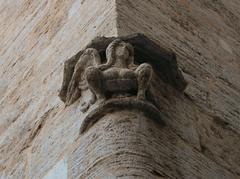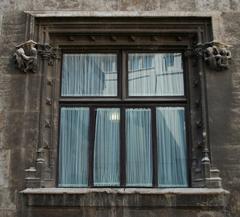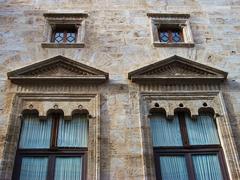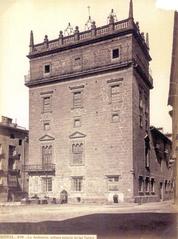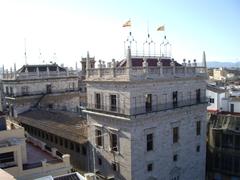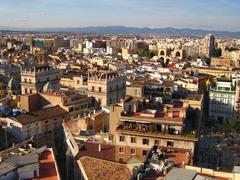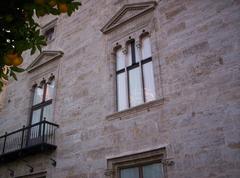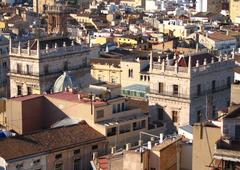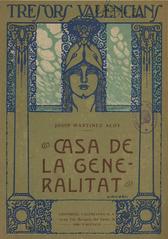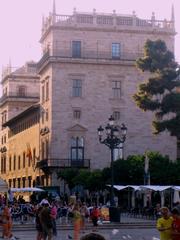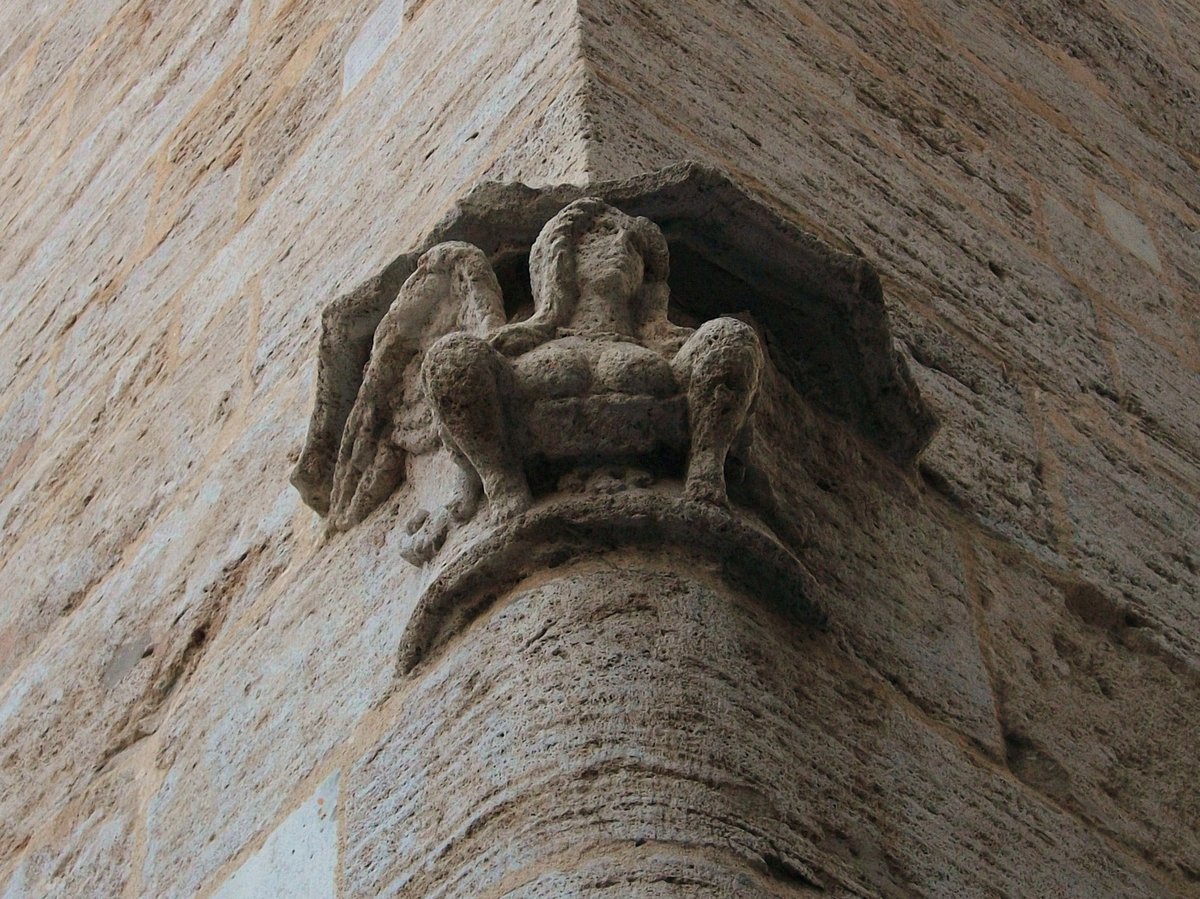
Palau de la Generalitat Valenciana: Visiting Hours, Tickets, and Complete Travel Guide
Date: 14/06/2025
Introduction
The Palau de la Generalitat Valenciana stands as one of Valencia’s most iconic monuments and a living testament to the city’s layered history, architectural splendor, and enduring political legacy. Nestled in the heart of the historic center, the palace is both the seat of the Generalitat Valenciana—Valencia’s regional government—and a masterwork of Gothic and Renaissance civil architecture. This comprehensive guide provides all the essential information for planning your visit, including historical context, architectural highlights, visiting hours, ticketing procedures, accessibility options, and tips for making the most of your time in Valencia’s old town.
Historical Significance and Origins
The palace traces its origins to the late Middle Ages, when the Generalitat Valenciana was established as the fiscal and administrative body of the Kingdom of Valencia. Originating as a commission of the Corts (Parliament) in 1362, the institution was made permanent in 1418 by King Alfonso V of Aragon to manage royal funds and represent the region when the Corts were not in session. The need for a dedicated seat led to the construction of the palace, which began in 1421. Over the centuries, the Palau has witnessed the city’s political transformations, from the abolition of the regional fueros in 1707 to its modern restoration as the seat of the Consell and the president of the Generalitat after Spain’s return to democracy (Wikipedia; Comunitat Valenciana).
Architectural Evolution: From Gothic to Renaissance
Gothic Foundations
The earliest sections of the palace, including the serene Gothic Courtyard (Pati Gòtic), showcase the grandeur of Valencian civil Gothic architecture. Distinctive features include robust stonework, pointed arches, and intricate tracery, all constructed with local materials such as stone from Godella and Rocafort and tiles from Manises and Paterna (Comunitat Valenciana).
Renaissance and Later Additions
The palace evolved throughout the 16th century, with Renaissance elements becoming prominent—particularly in the symmetrical towers and refined ornamentation. Later Baroque and Neoclassical influences are evident in the opulent interior spaces and the austere lines of the upper sections, which were inspired by Madrid’s El Escorial (jdiezarnal.com). Despite these additions, the palace retains its original Gothic layout and many of its historic features.
Artistic Heritage and Notable Spaces
Inside, the palace is adorned with remarkable artistic details, from heraldic shields and sculpted reliefs to murals by Joan de Sarinyena and Francesco Pozzo. Key rooms include:
- Gothic Courtyard (Pati Gòtic): The palace’s heart, an arcaded and cloistered space ideal for photography and official events.
- Grand and Small Golden Halls (Sala Daurada Gran/Menuda): Renowned for their coffered ceilings, intricate woodcraft, and gilded decor.
- Hall of Kings (Saló de Reis): Adorned with portraits and emblems, this room is used for state occasions.
- New or Courts Room (Sala Nova o de Corts): A later addition used for plenary government sessions.
(presidencia.gva.es; Comunitat Valenciana)
Location and Urban Context
Strategically situated in the La Seu neighborhood of the Ciutat Vella district, the Palau de la Generalitat occupies a prime location bordered by Carrer dels Cavallers, Carrer Bailia, Plaça de Manises, and Plaça de la Mare de Déu. It sits within walking distance of the Valencia Cathedral, Basilica of Our Lady of the Forsaken, and other significant historic sites, making it an excellent starting point for exploring the city’s heritage (Visit Valencia).
Visitor Information: Visiting Hours, Tickets, and Tours
Opening Hours
- Monday to Friday: 9:00 a.m. – 2:00 p.m. (by appointment)
- Closed: Weekends and public holidays
Note: Hours may vary for special events and public holidays. Always confirm on the official website before your visit.
Tickets and Entry
- Admission: Free; guided tours only, with advance booking required.
- Booking: Reserve via email at [email protected] or by phone at +34 963 424 636.
- Tour Languages: Primarily in Spanish; English or other languages available upon request (Visit Valencia).
- Tour Duration: Approximately 30 minutes, covering the most significant rooms and historical highlights.
Accessibility
- The palace is partially accessible: ramps and elevators serve most main areas, but some historic spaces have steps or uneven floors.
- Visitors with reduced mobility are encouraged to contact the protocol office when booking to arrange assistance (presidencia.gva.es).
Guided Tour Experience
Guided tours offer a rare chance to step inside this civic monument. Highlights include the atmospheric Gothic Courtyard, the regal Golden Rooms, and the Renaissance tower’s panoramic views. Guides provide historical context, point out architectural features, and share stories linking the palace to Valencia’s civic identity (Cultural Valencia).
Cultural Events and Special Access
The palace regularly hosts art exhibitions, concerts, and official ceremonies. During major festivals like Las Fallas and Corpus Christi, special events and extended tours may be available, providing unique opportunities to experience the building’s civic and cultural roles (Live the World).
Visitor Tips
- Book well in advance for your guided tour.
- Bring photo ID for security.
- Dress respectfully (business casual recommended).
- Photography: Allowed in many areas, but always confirm with your guide, especially during official events.
- Combine your visit with nearby attractions such as Valencia Cathedral, La Lonja de la Seda (Silk Exchange), and the Serranos Towers.
- Best visiting times: Spring and early summer (including June) for pleasant weather and possible special events (Abroad in Valencia).
Frequently Asked Questions (FAQ)
Q: Are tickets required?
A: Yes, advance booking is mandatory; tickets are free.
Q: What are the visiting hours?
A: Monday to Friday, 9:00 a.m. – 2:00 p.m., by prior arrangement.
Q: Is the palace accessible for wheelchair users?
A: Partially; some historic areas remain inaccessible.
Q: Are tours available in English?
A: Mainly in Spanish, but English tours can be arranged with advance notice.
Q: Can I take photos?
A: Photography is allowed in most areas; restrictions apply during events.
Timeline of Key Historical Phases
- 1362: Generalitat founded as fiscal commission.
- 1404: Deputies formally appointed.
- 1418: Permanent institution established.
- 1421: Palace construction begins.
- 1707: Abolition of fueros; Generalitat dissolved.
- 1751–1923: Real Audiencia seat.
- 1931: Declared Bien de Interés Cultural.
- 1978: Generalitat and palace function restored.
- 1984: Exclusive seat of Consell and president (Wikipedia; jdiezarnal.com).
Amenities and Facilities
- No on-site café or shop, but plenty of dining options nearby.
- Restrooms available during guided tours.
- Public transport: Palace is easily accessible by bus and metro.
Summary and Recommendations
The Palau de la Generalitat Valenciana is a must-visit for anyone interested in Valencia’s history, architecture, or governance. Its blend of Gothic, Renaissance, Baroque, and Neoclassical elements, along with its vibrant civic role, make it one of the city’s most significant landmarks. By booking a free guided tour in advance and exploring the surrounding historic district, visitors can immerse themselves in centuries of Valencian heritage and living tradition (Wikipedia; Comunitat Valenciana; Visit Valencia; Lonely Planet; Spain.info).
For up-to-date visitor information, bookings, and event news, check the official Generalitat Valenciana website and consider downloading the Audiala app for exclusive tours and personalized recommendations.
Additional Resources and Official Sources
For more travel tips and detailed guides to Valencia’s landmarks, explore our travel blog and download the Audiala app for the latest updates and personalized recommendations. Follow us on social media to stay informed about special events and exclusive tours at the Palau de la Generalitat Valenciana.
